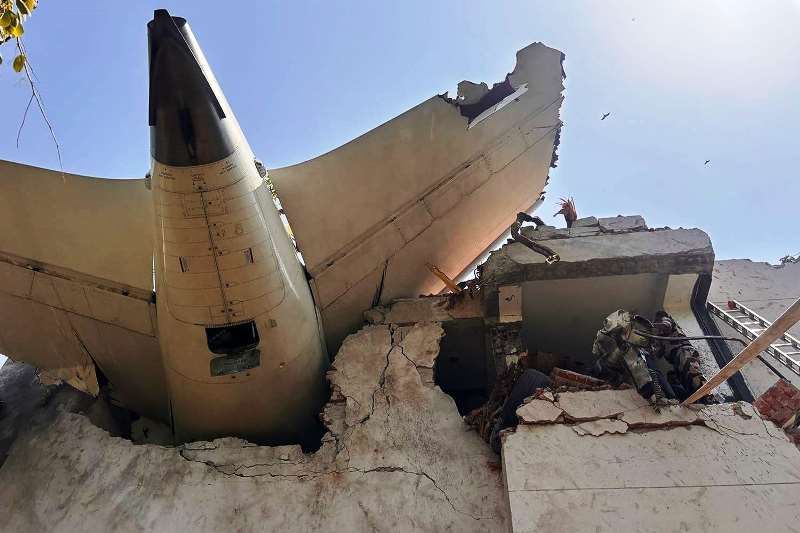A preliminary investigation into last month’s fatal Air India crash that killed 260 people has revealed alarming confusion in the cockpit moments before the disaster. The Boeing 787 Dreamliner, en route from Ahmedabad to London, lost thrust shortly after takeoff when both engine fuel cutoff switches inexplicably flipped to the “off” position, starving the engines of fuel. The report by India’s Aircraft Accident Investigation Bureau (AAIB), released Saturday, marks the first official account of the world’s deadliest aviation accident in a decade.
Cockpit voice recordings captured one pilot questioning the other about who had cut off the fuel supply, with the second pilot denying any action. The switches—which should never be turned off mid-flight—flipped within seconds of each other, roughly the time it would take to manually operate them. Aviation experts emphasize that pilots would have no reason to deactivate fuel during climb-out, raising questions about whether mechanical failure or human error caused the switches to move. The report found no evidence of an emergency that would justify shutting down the engines.
The tragedy deals a significant blow to Tata Group’s efforts to revitalize Air India since acquiring the airline in 2022. The experienced crew—Captain Sumeet Sabharwal (15,638 flight hours) and First Officer Clive Kunder (3,403 hours)—had no prior safety incidents. Investigators noted that the engines briefly reignited before the low-altitude crash, and the switches were found in the “run” position at the wreckage site, deepening the mystery.
Global aviation authorities, including the U.S. NTSB and FAA, are monitoring the investigation but have not issued new safety directives for Boeing 787s or GE engines. Boeing stated it continues to support the probe, while grieving families in Mumbai held memorials for the lost crew. As the AAIB continues its investigation, the aviation world awaits answers to prevent future catastrophes.














